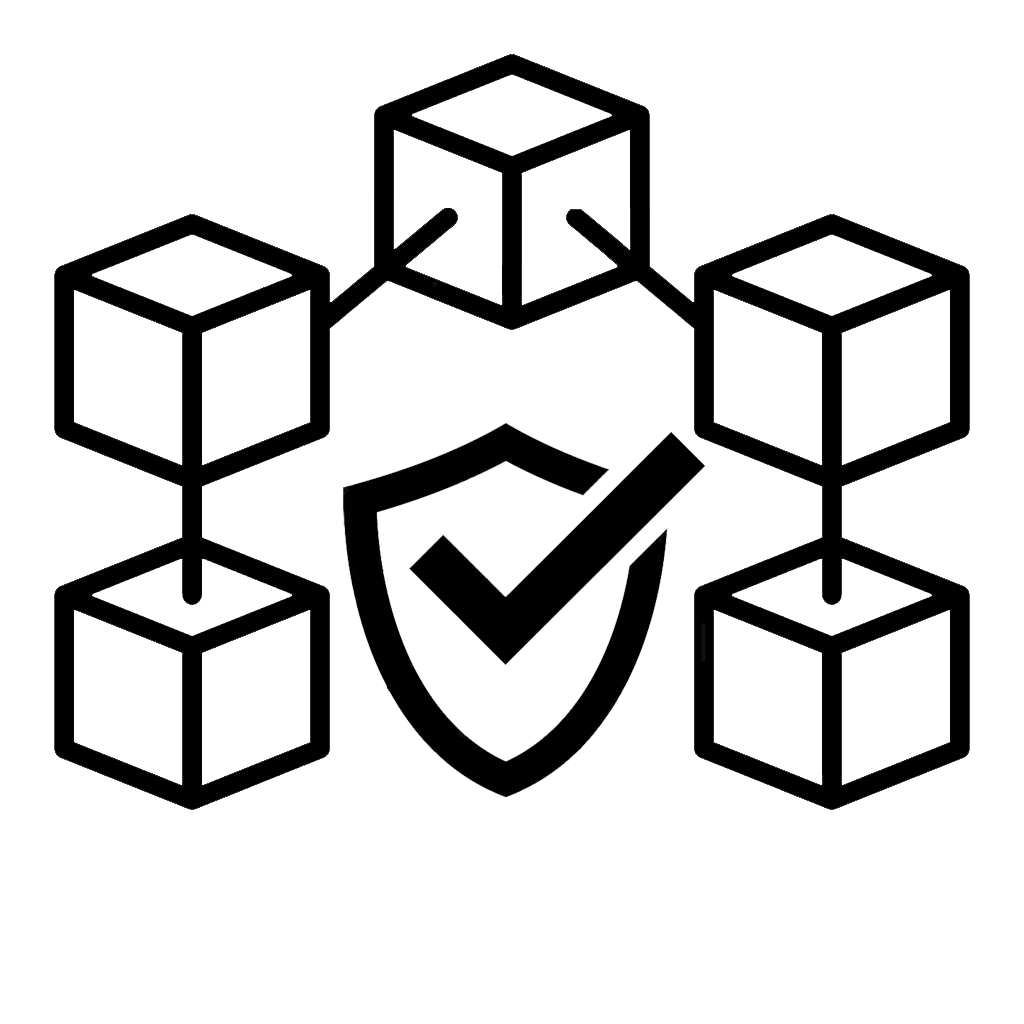What is
Bitcoin Mining?
In simplest terms, Bitcoin mining is the process of creating new bitcoins by solving extremely complicated math problems that verify transactions in the blockchain. When a bitcoin is successfully mined, the Bitcoin network computers, “miners”, receives a predetermined amount of bitcoin as a reward, plus transaction fees paid by users to transact on the network.
Step by Step Process for Bitcoin Mining

2 – Miners Compete
Once a block is formed, miners compete using sophisticated hardware that solves a
cryptographic equation, that is very hard to do.

3 – Transactions Verified
On a high-level, miners are computers dedicated to the network to validate (“verify”) all transactions and prohibit any bad actors. Users create cryptographically secure transactions and broadcast them to the network of miners.

5 – Miners receive Bitcoin
Bitcoin miners receive Bitcoin as a reward for completing “blocks” of verified transactions. In other words, miners are rewarded for contributing their computing resources to the network.
6 – Repeat Process
Once Bitcoin is awarded, Miner’s repeat process and start mining next Block. Current block reward amounts to 6.25 Bitcoin per block, which occur approximately every 10 minutes 24/7.
What is the Role
of a Miner on the
Bitcoin Network?
Bitcoin mining is the engine that drives the Bitcoin ecosystem. It has two major functions that go hand in hand.
1 – Once a group of transactions are pooled together to form a block on the network, miners compete to solve a cryptographic equation using sophisticated hardware using a “Proof of Work” algorithm based on the SHA-256 hashing function in order to validate and confirm transactions. Once the equation is solved it is sent out to network to be verified and then added to the end of the last block of transactions. This ledger of past transactions is called the blockchain as it is a chain of verified blocks. This whole verification process keeps the network trustworthy and replaces what a centralized third party (like a bank) usually performs.
Bitcoin is cryptographic, irreversible, distributed, and public. These mathematical problems being solved ensure that nobody is tampering with that data. Unlike a bank where data sits on a centralized database, vulnerable to a single point of failure, bitcoin uses the blockchain that stores these irreversible transactions throughout the entire world-wide network. Bitcoin is the safest and most secure decentralized secure network in the history of man.
2 – The miner who solves the cryptographic equation receives bitcoin as a reward for their part of the “Proof of Work” that solved the equation. This bitcoin reward is how new bitcoins are entered into circulation. Solving the equation through “Proof of Work” is the only way new Bitcoins are created and put into circulation. In summary, the primary purpose of mining is to allow Bitcoin nodes to reach a secure, tamper- resistant consensus. Bitcoin miners are responsible for adding the validated transactions to the blockchain. They get paid to do this honestly. Mining is also the mechanism used to introduce Bitcoins into the system: Miners are also paid transaction fees as well as a “subsidy” of newly created coins.
Note: Bitcoin’s maximum fixed supply schedule of only 21 million is driven by programmatic changes in the block reward which is called halving. Bitcoin reward amounts are cut in half (halving) approximately every four years. into a block and go through a mathematical process to verify the block and is attached to a chain of prior blocks (“blockchain”).
Part of a Winning Strategy
The name of the game in mining is deploying and maintaining the fastest antminer machines available with the lowest power consumption. Combine these two key elements with also having the lowest constant electricity flat rate is one part of a winning strategy. The profitability in mining is highly dependent on how much you pay for electricity.


